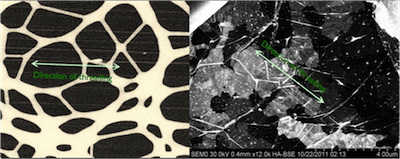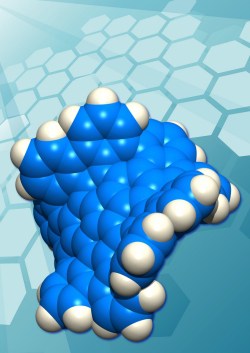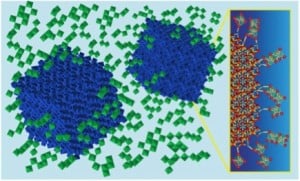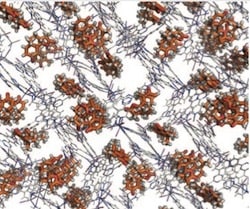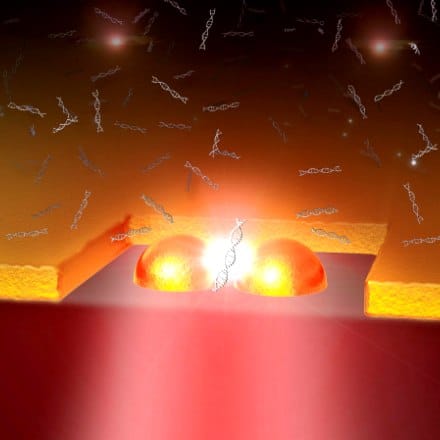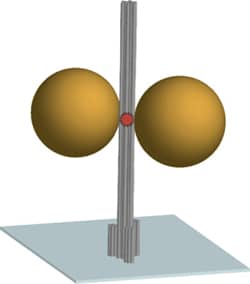“Molecular threading”, a nanotechnology developed by Halcyon Molecular and now owned by Aeon Biowares, enables precise placement of individual long molecules of DNA, either for sequencing or for nanofabrication of novel DNA nanostructures.
Precise mechanical manipulation of individual long DNA molecules
